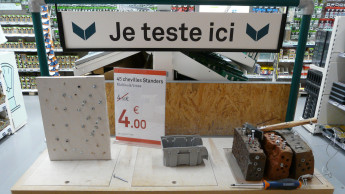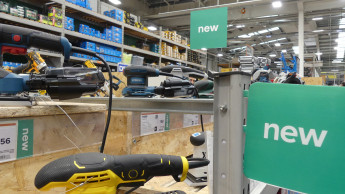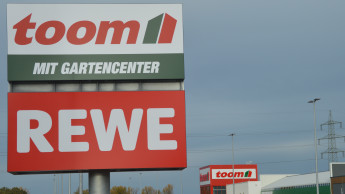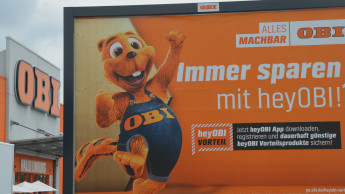

deep insights, facts & figures

Trends pick up social changes as well as stylistic elements that are accepted worldwide
It feels as though the world is turning faster and faster, everything is getting more complex, new networks come into existence and information travels around the world in real time. It is difficult to tell whether this results in a greater number of trends, or more short-lived ones. But the basic fact is that new trends are communicated considerably more rapidly nowadays. Trends are always the visible manifestation of social changes, and always directly linked to cultural, social, political and economic developments. Colour trends, for instance, convey an amazingly precise reflection of social changes, for they are particularly closely linked to personal feelings and emotions. For example, in times of economic or political uncertainty, people tend to surround themselves with shades of red because this is a colour symbolic of warmth and security. In fact, people’s immediate circumstances have a direct effect on the colours they prefer. Natural surroundings and the seasons of the year also have an influence on colour trends. On the other hand, when it comes to trends in products, it is nowadays more a matter of global trends, for they develop to some extent out of contemporary art and architecture. Conspicuous structures like the Olympic stadium in Peking or the Guggenheim museum in Bilbao exert an influence on style and tend to leave their mark on a certain appreciation of form. Pictures of such buildings are sent all over the world nowadays through the global network, and people develop similar tastes as a result. Designers across the world orientate themselves to such outstanding icons and allow inspiration from them to flow into their own work. However, when actually designing a product, form is not the only issue: quite practical conside-rations of basic usefulness and the relevance of the article to an international target group also play their part. Design is not a question of trends for Koziol, a German manufacturer of branded designer products for home and lifestyle, but a core value of the brand itself. A trend is only taken up if it is 100 per cent suited to the brand. The use of form in the Koziol products is marked by western influences, but this language of design is understood and loved in more than 50 countries all over the world. Why is that? The shapes used by Koziol encompass a symbolism that functions without words and speaks to peoples’ emotions. By contrast, their functional application is typical of the country concerned: in Italy the…
Related articles
Read also

 Menü
Menü











 Newsletter
Newsletter